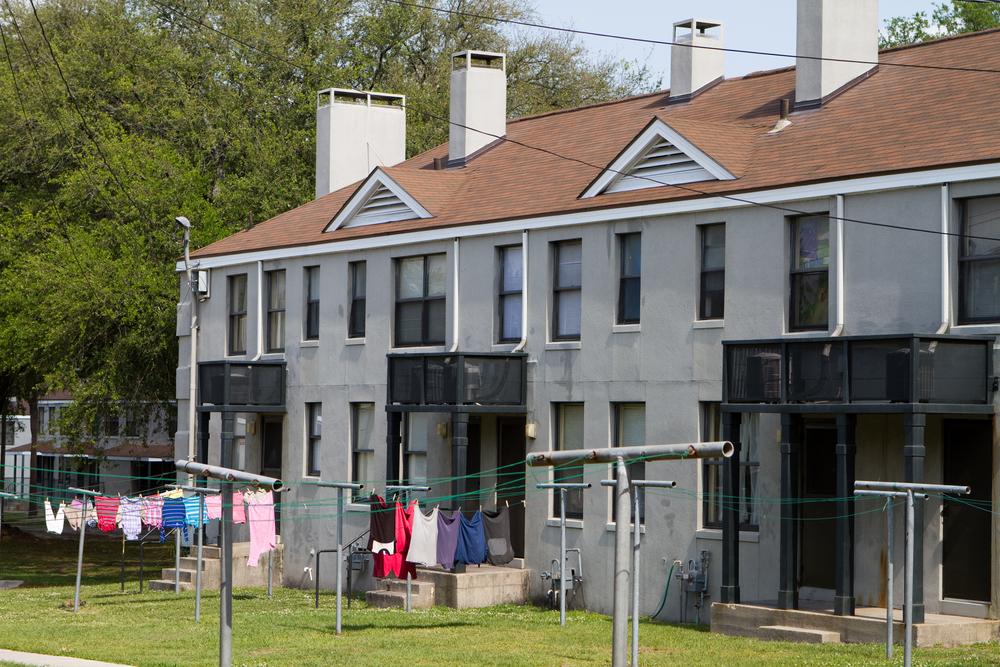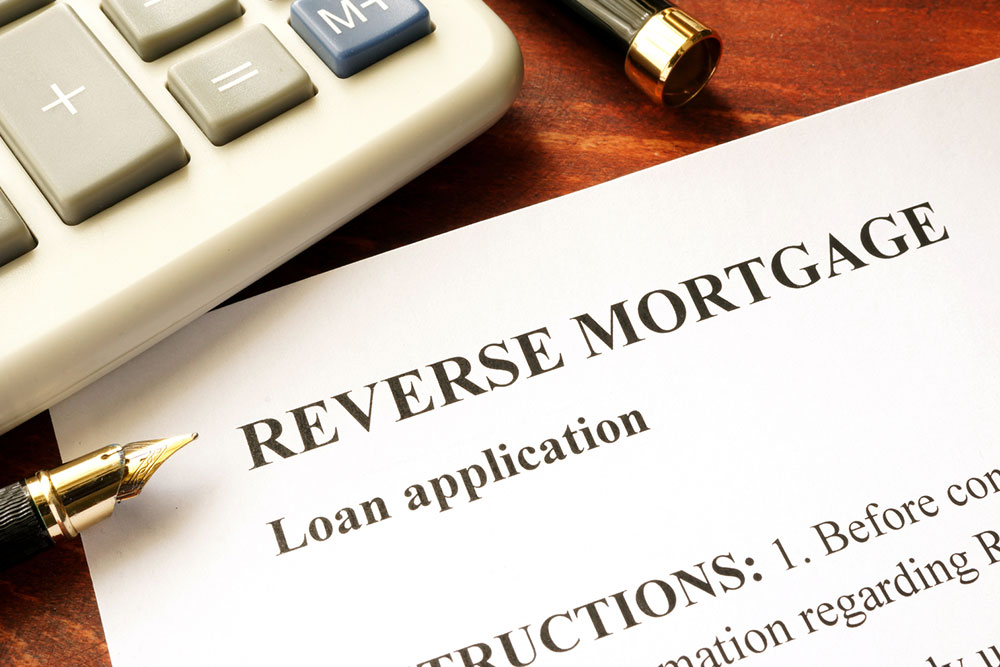Guidelines for Affordable and Income-Based Housing Solutions
This article explains the essentials of affordable and income-based housing, emphasizing how local income levels, HUD guidelines, and eligibility impact housing options. It offers insights into how rent affordability is calculated and how to find suitable units through authorities and property managers.

Guidelines for Affordable and Income-Based Housing Solutions
Securing suitable housing involves understanding terms like Section 8, affordable apartments, and income-based housing. These terms are defined by specific criteria, primarily based on the Area Median Income (AMI), which assesses local economic conditions to establish affordable rent levels. The Department of Housing and Urban Development (HUD) releases annual AMI data for various regions. Households earning up to 80% of the median are considered low-income, while those below 50% are very low-income, and under 30% are extremely low-income. Rent generally should stay within 30% of household income. For example, in an area with an $80,000 median income, earning $35,000 makes you eligible for programs aimed at affordable housing. Eligibility depends on income limits—exceeding or falling below certain thresholds may disqualify applicants. Developers often benefit from tax incentives to create low-income units, which must adhere to rent affordability standards. Many public housing options focus solely on low-income households. To explore availability, consult local housing authorities or property managers for guidance.


